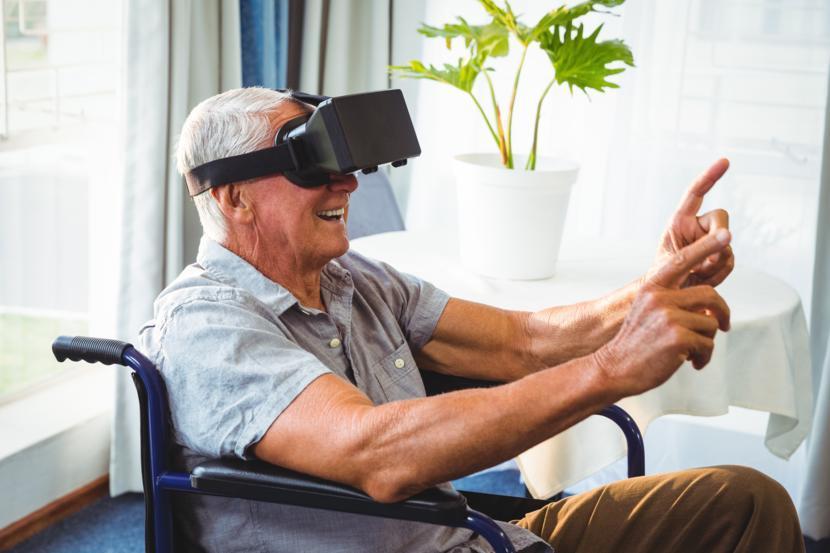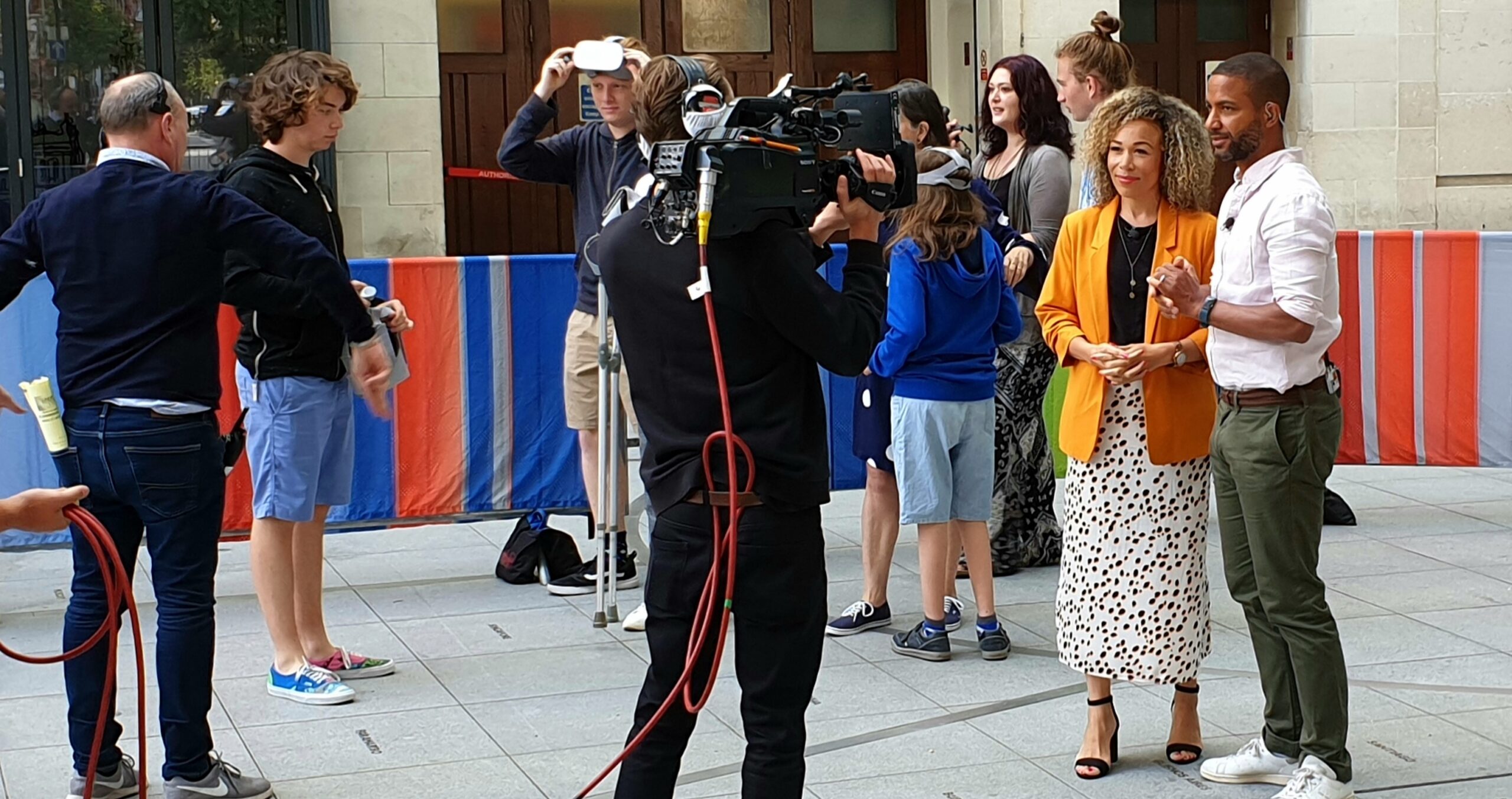
 So I’m constantly being inspired by random things. See exhibit A.
So I’m constantly being inspired by random things. See exhibit A.
 This might appear like a boring old 90s game, and you’re right – it is. But I find it oddly inspiring. Road safety is such a big part of brain injury rehabilitation. I’ve wrote so many care plans and risk assessments for road safety, community access, safeguarding etc over the last 10 years.
So bearing that in mind, I decided to look a little closer…
This might appear like a boring old 90s game, and you’re right – it is. But I find it oddly inspiring. Road safety is such a big part of brain injury rehabilitation. I’ve wrote so many care plans and risk assessments for road safety, community access, safeguarding etc over the last 10 years.
So bearing that in mind, I decided to look a little closer…
 I love how the cards change. I love how they range from crossing the road safely to not accepting lifts from strangers.
This has inspired so many ideas for VR speficially designed for adults with brain injuries and learning disabilities. A lot of the current stuff is out of date and inappropriate (especially as most is designed for children like this game). With VR, we could create a number of scenes and experiences to allow people to navigate the world and its risks safely before trying it out on real roads.
There are some amazing companies out there who are already working in this area. Check out this interesting article about how VR Simulation Teaches Canadian Children The Importance Of Road Safety.
I love how the cards change. I love how they range from crossing the road safely to not accepting lifts from strangers.
This has inspired so many ideas for VR speficially designed for adults with brain injuries and learning disabilities. A lot of the current stuff is out of date and inappropriate (especially as most is designed for children like this game). With VR, we could create a number of scenes and experiences to allow people to navigate the world and its risks safely before trying it out on real roads.
There are some amazing companies out there who are already working in this area. Check out this interesting article about how VR Simulation Teaches Canadian Children The Importance Of Road Safety.
According to research published by Parachute Canada, a national Canadian charity foundation dedicated to accident prevention and awareness, injuries among child pedestrians are the primary cause of injury-related deaths for Canadian youth at or under the age of 14.
“The parents tend to assume children are much more cautious than they are in fact,” says University of Guelph psychologist, Barbara Morrongiello; as reported by The Canadian Press.
There are so many possibilities within VR! ? The game was definitely worth a quid for the ideas I’ve now got for education, health and safety, safeguarding etc. I’m busy with designing our VR app for the new premises, but to my friends and readers with the skills & interest – please feel free to get in touch if you’re interested in collaborating. I’m building a strong network of healthcare professionals and industry experts (from education to tech), so we can make the next level of innovative VR therapies! P.s job ads will be out soon for VR therapy assistants. Watch this space!In response to these ongoing safety concerns, Morrongiello and her team of researchers at the University of Guelph have begun introducing a brand new virtual reality program designed to educate children on the proper safety procedures when crossing a busy intersection. Using a VR headset to look around and a standard video game controller to move, kids are immersed in a virtual world complete with a two-lane road in which they must cross.
What’s the catch? Well, there is a hill or blind curve blocking the child’s view of oncoming traffic. Using their VR headset to lean and look around, users will have to adhere to proper road safety regulations in order to succeed.




